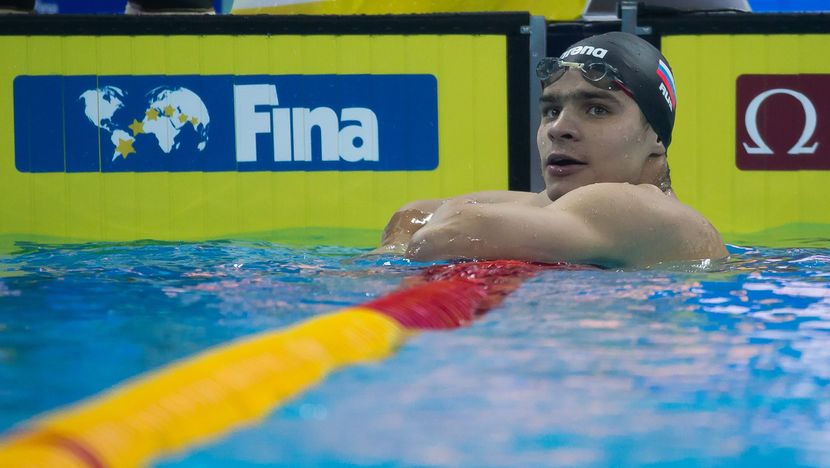
Swimming fans have been provided with a sweet taste of tremendous talent at the 14th FINA World Swimming Championships. With more than 960 athletes from around 180 national federations in competition, some young and incredibly talented swimmers could end up being the next big thing in the sport.
From improving on personal world junior records to breaking world records, the Millennial generation are knocking on the door, stepping into the limelight with brilliant races at the World Swimming Championships.
The United States, with the 19-year-old breakout star Michael Andrew, set a world record in the mixed 4x50m Medley Relay event by winning gold in 1:36.40 on Thursday. The 18-year-old Russian prodigy Kliment Kolesnikov meanwhile received praise from Vladimir Salnikov, one of the all-time greatest distance swimmers.
“He is already very mature and has a great future ahead of him,” said Salnikov to AIPS when asked about Kolesnikov’s performances at the World Swimming Championships. Kolesnikov won gold in the 50m Backstroke, silver in the 4x100m Freestyle Relay and bronze in the 100m Backstroke.
Kolesnikov also excelled as backstroke specialist at the 2018 Youth Olympic Games in Buenos Aires, winning six gold medals to cap off his last season in junior competitions in prolific fashion.
Tokyo 2020 calling
From Russia to Australia, the new generation of swimmers are announcing themselves on the big stage. Australian teenage sensation Ariarne Titmus made it all happen on the opening night of the six-day event with a new Commonwealth, Oceania and national record. The 18-year old revelation went on to win gold with a record-breaking 200m Freestyle race.
After her spectacular performance, Titmus again managed to put in the perfect race on Friday. This time against Wang Jianjiahe in the 400m Freestyle event- lightning does seem to strike twice after all.
“I am a little bit in shock,” said Titmus after hitting the wall in a new world record of 3:53.92, with Wang earning silver in 3:54.56. “I want to try and perform those times during the Olympics in Tokyo, too.”
Pain, pain and more pain
That might be easier said than done. When it comes to swimming in a short course pool or long course pool, there is a significant difference.
“In Australia we say long course is like playing golf to short course being mini put,” said Titmus’s coach Dean Boxall to AIPS on Saturday. “Ariarne however is the sort of girl that can move her short course swimming into long course swimming. Have you seen Rocky 3? Just like Clubber Lang said, I am predicting pain, pain and more pain in the months to come. Hurt more, hurt better – it is all about training hard.”
In short course there is more emphasis on the underwater action, with 15 metres the longest a swimmer can stay underwater, and the use of kicks and walls to help preserve fatigued arms or to overtake another swimmer. “It is all about the skills, you can really capitalize on the short course if you are good at that,” said Boxall.
Indeed, one single flip can literally make or break a swimmer’s race. In long course there is more time to build speed and fall into a rhythmic stroke cycle as the swimming element is more important. Hence, the 50 metres pool being the Olympic standard.
Still the World Swimming Championships (25 metres) can act as a stepping stone to what potentially lies ahead: the 2020 Olympics in Tokyo. The 2019 FINA World Championships in Gwangju, South Korea will meanwhile provide the Millennial generation with another opportunity to etch their names into the history books.